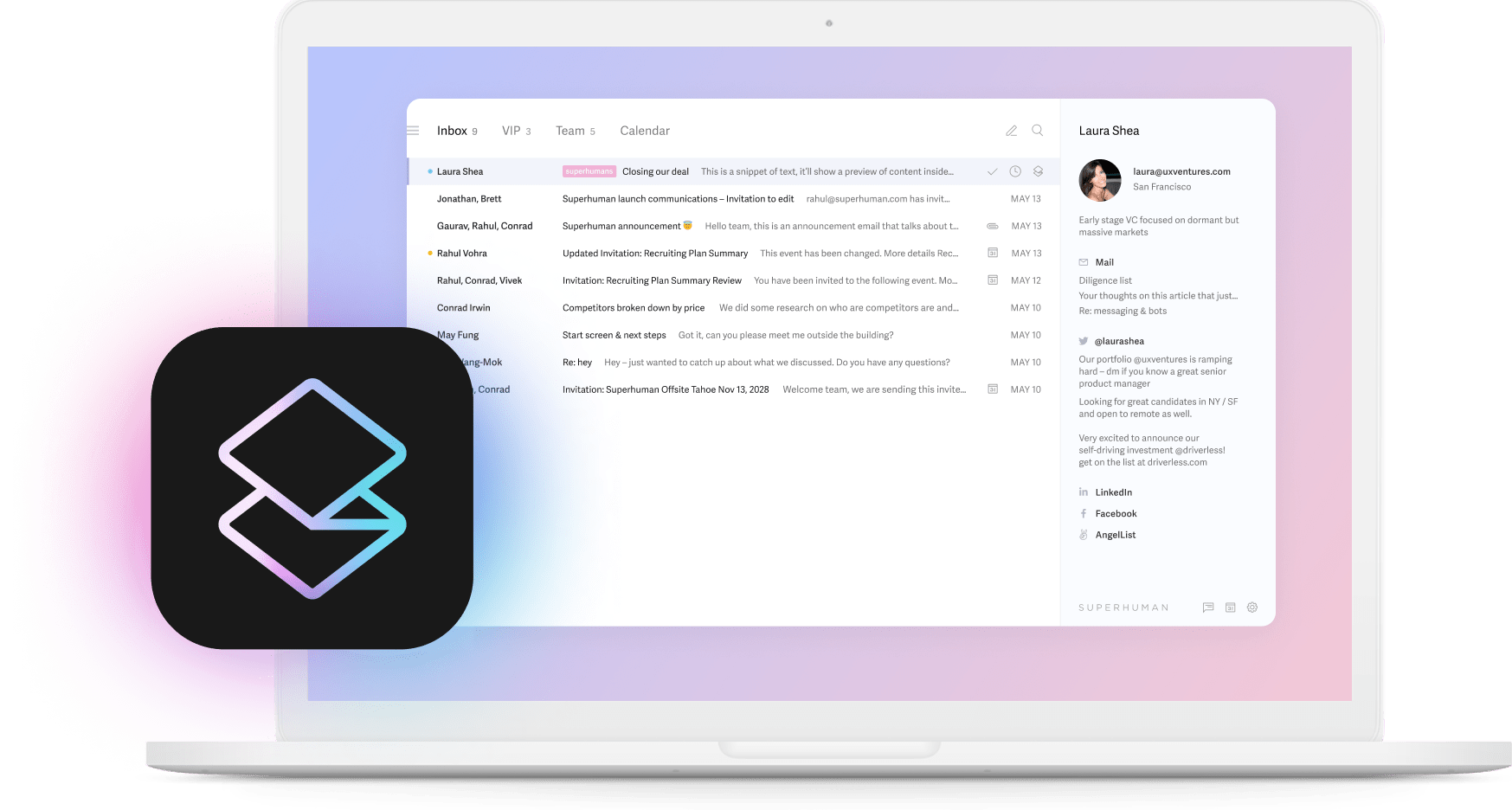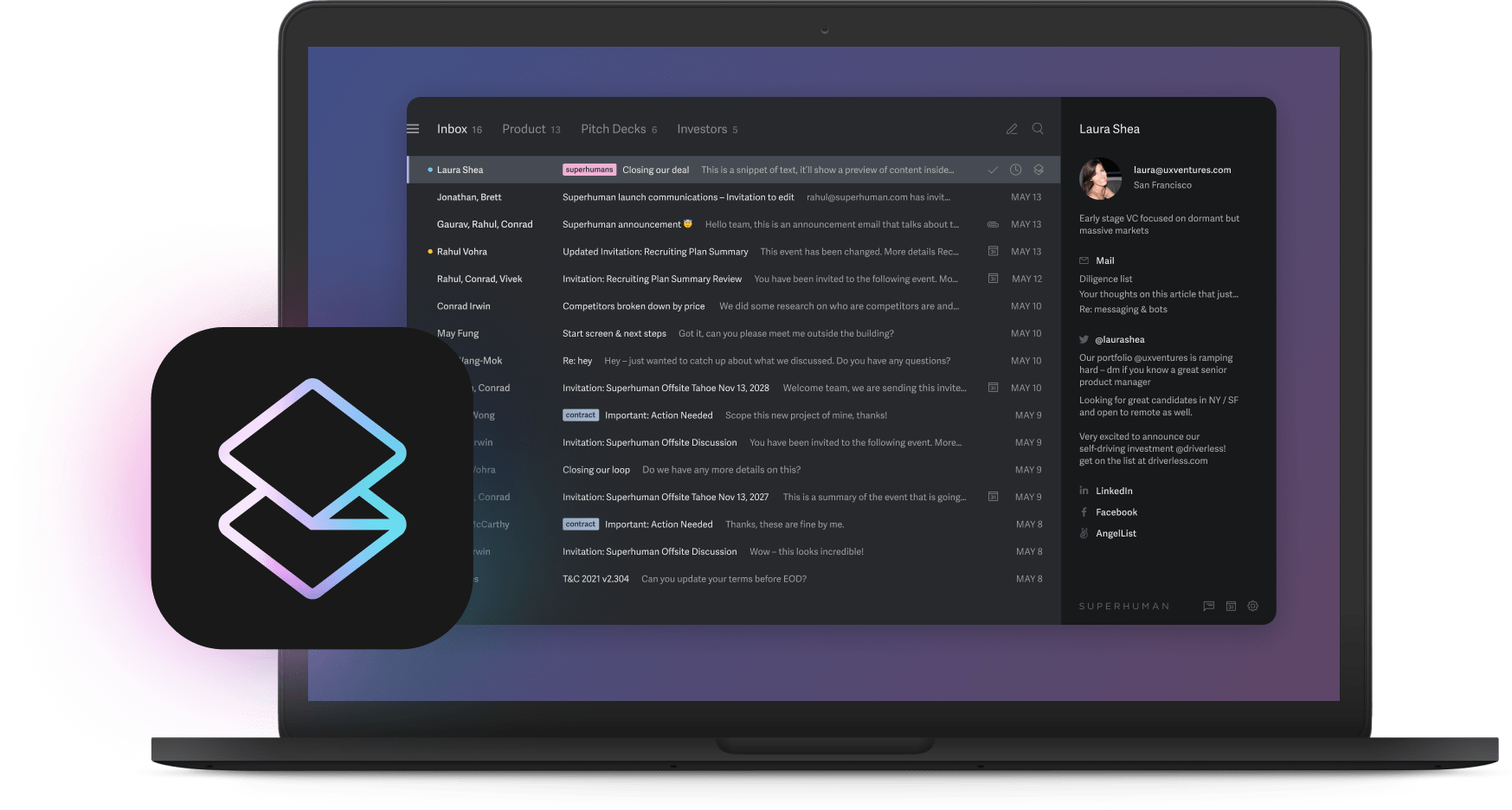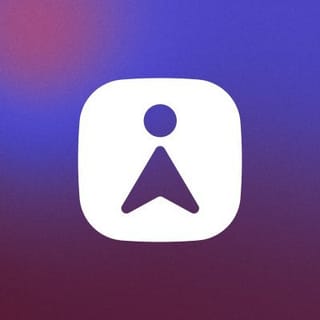
The best AI strategies don't look like AI strategies at all. They look like focused bets on specific advantages that compound into market dominance while competitors chase digital transformation dreams.
We've analyzed hundreds of AI initiatives across industries. The pattern is clear: companies deploying AI surgically at specific competitive advantages consistently outperform those attempting wholesale transformation. This guide shows you exactly how to join the winners, with moves you can make immediately.
Stop chasing "AI transformation" and strike at competitive moats
You've probably sat through presentations about "comprehensive AI transformation." These sweeping initiatives sound impressive in boardrooms, but they almost always fail because they try to change everything instead of winning somewhere specific.
The smarter approach focuses relentlessly. Pick one competitive advantage you already have, whether that's customer relationships, proprietary data, or operational speed. Then use AI to make that advantage ten times stronger. A bank that deploys AI for underwriting one specific loan product will see results in weeks. The same bank trying to "transform lending with AI" will still be planning next year.
This focused approach works because it concentrates resources where they matter most. Give a team of five your best engineer, product lead, and three domain experts working toward one clear target. Use existing APIs from OpenAI or Anthropic instead of building from scratch. Ship a working prototype to 10 customers within 30 days.
Your inbox is the perfect testing ground for focused AI strategy. Email consumes 30% of knowledge workers' time, has clear success metrics, and improvements compound daily. When Superhuman built an AI-native email client instead of adding features to existing platforms, we demonstrated how surgical AI deployment beats transformation theater. While Gmail and Outlook spread features broadly, Superhuman's focused approach saves teams 4 hours weekly by optimizing what matters most.
Schedule a 2-hour workshop with your top 5 leaders. List three advantages where you're already beating competitors by 2x or more. Pick the one where 10x improvement would steal the most market share. That's your AI target.
The data delusion: smaller, smarter sets beat massive warehouses
Everyone thinks they need more data for AI. They're wrong. This misconception drives companies to spend millions on data lakes that become data swamps while nimble competitors build winning products with focused datasets.
Quality beats quantity every single time. A clean dataset of customer interactions from your best segment will outperform years of messy data from everywhere. Startups regularly beat enterprises not because they have more data but because they have better data for specific problems.
Your path starts with data you already trust. Export your top 100 customers' last 90 days of interactions. Clean it in a week using standard tools like Python pandas, or Excel. Feed it to AutoML platforms like Google Vertex or Amazon SageMaker. If you get 80% accuracy on predictions within two weeks, you've found your starting point.
Email proves this principle daily. Superhuman's Split Inbox feature works because it analyzes just two signals - sender importance and urgency - not hundreds of variables. This focused approach processes email 3x faster than complex classification systems that traditional email clients attempt. The lesson is clear: start with the minimum viable data that drives real decisions.
Pull your highest-revenue customer segment data from your CRM today. If it's not clean enough to export to CSV in one hour, fix that first. Start there, not with the data lake.
Governance gone wild: when your AI ethics committee kills innovation
You need governance. You don't need governance theater. Too many companies build elaborate approval processes that turn two-week experiments into six-month ordeals. They create safety through stagnation while competitors create safety through speed.
Real AI governance protects without paralyzing. Create a five-person review board: legal counsel, head of engineering, CFO, customer success lead, and one rotating business unit leader. They use a simple checklist: Does it touch PII? Can humans override decisions? Will we know if it fails? Green light anything that passes all three within 48 hours.
Superhuman's Auto Summarize feature proves how constraints enable speed. By setting three non-negotiable rules - process only visible email content, keep summaries under 50 words, never store outputs - the feature shipped in weeks, not months. These same governance principles scale from email to enterprise AI. While Outlook and Gmail users wait for similar features, focused constraints enabled rapid deployment.
Draft your AI governance on one page: list what needs approval (customer-facing AI, automated decisions over $10k), what doesn't (internal tools, recommendation engines), and who decides. If it takes more than one page, it's too complex to follow.
The dirty secret about AI ROI: why traditional metrics miss the mark
Your CFO wants NPV calculations for AI investments. But when an AI model cuts decision time from hours to seconds, traditional metrics capture costs perfectly and value poorly. The most important returns from AI hide in second-order effects that spreadsheets ignore.
Track what transformation actually creates: time from question to answer (target: under 2 hours from 2 days), decisions made per week (aim for 3x increase), and competitive moat depth (measure customer switching costs quarterly). Email productivity tools show how this works - when teams using Superhuman save 4 hours weekly, they close deals faster, respond to customers immediately, and spend more time on strategic work. Build a simple dashboard in Tableau or PowerBI that captures these compound effects. When a sales team identifies at-risk accounts 21 days earlier, they save deals worth 10x the AI investment.
Pick your most time-consuming weekly decision. Time it for the next month. That specific metric becomes your baseline for AI value, not abstract ROI calculations.
Rethink talent: why hiring an army of AI PhDs is usually a mistake
The reflex response to AI ambitions is hiring dozens of machine learning engineers. This almost never works. You'll spend millions on talent that takes months to onboard, only to discover that commercial AI platforms could have solved your problems faster and cheaper.
Follow the 70/30 rule: put 70% of your AI budget into OpenAI Enterprise, Anthropic Claude, or Microsoft Azure AI. Spend 20% on integration partners like Palantir or C3.ai who've solved your industry's problems before. Reserve just 10% for hiring ML engineers to build truly proprietary capabilities.
Superhuman's Write with AI demonstrates this perfectly. Instead of building language models from scratch, we integrated best-in-class APIs and focused our engineering talent on the last mile - making AI responses feel natural within your workflow. This approach ships features in weeks while competitors spend years building infrastructure. Gmail and Outlook users still compose manually while Superhuman users leverage AI for every message. Apply the same partner-first logic to your core business processes.
Open your AI roadmap right now. Highlight features that would take over 6 months to build internally. Those are partnership opportunities. Circle the 1-2 capabilities that would give you an unfair advantage if done better than anyone else. That's where you hire.
Your 90-day AI advantage playbook
The gap between AI leaders and laggards widens daily. But you can close it in one quarter with focused execution. Here's your playbook:
Map your moats in a two-day workshop. Day one: leadership team lists every advantage you have over competitors. Day two: score each on two factors - how much does it drive revenue and how could AI amplify it 10x. The highest combined score wins. Book the room for next Thursday.
Find one pristine dataset and build something real. Your customer success team knows exactly which dataset is cleanest - usually NPS responses or support tickets. Export 1,000 records, run them through AutoML, and show predictions to 10 customers within 14 days. Perfection kills progress.
Create lean governance with your existing leaders. Your legal counsel, CFO, engineering head, customer lead, and ops head meet every Tuesday at 2pm for 30 minutes. They review new AI experiments using a 5-question checklist. Decisions happen in that meeting or not at all.
Track time returned to strategic work using existing tools. If you use Salesforce, add a field for "hours saved this week." If you use Slack, create a #time-saved channel where people drop quick wins. Review monthly and celebrate the biggest gains publicly.
Deploy the 70/30 budget rule immediately. This quarter: 70% goes to enterprise licenses for OpenAI or Anthropic, 20% to implementation partners, 10% to hiring one senior ML engineer who's shipped production models. Next quarter, adjust based on what worked.
Companies executing these plays pull ahead while others debate strategy. The unfair advantage doesn't come from having the best AI. It comes from shipping focused solutions every 30 days while competitors plan perfect platforms.
Every AI principle in this guide applies to your inbox first. Focused deployment beats broad transformation. Clean data beats big data. Fast iteration beats perfect planning. Master these principles in email - where you spend 20 hours weekly - then expand to larger initiatives. Want proof? Superhuman helps teams handle twice the email in half the time by following these exact principles, using AI features that Gmail and Outlook haven't shipped yet. No AI transformation rhetoric, just tools that work today.
Block two hours on your calendar this week. Use the first hour to pick your one AI bet using the moat-mapping approach. Use the second hour to identify your cleanest dataset and your five-person governance board. Then start building.






